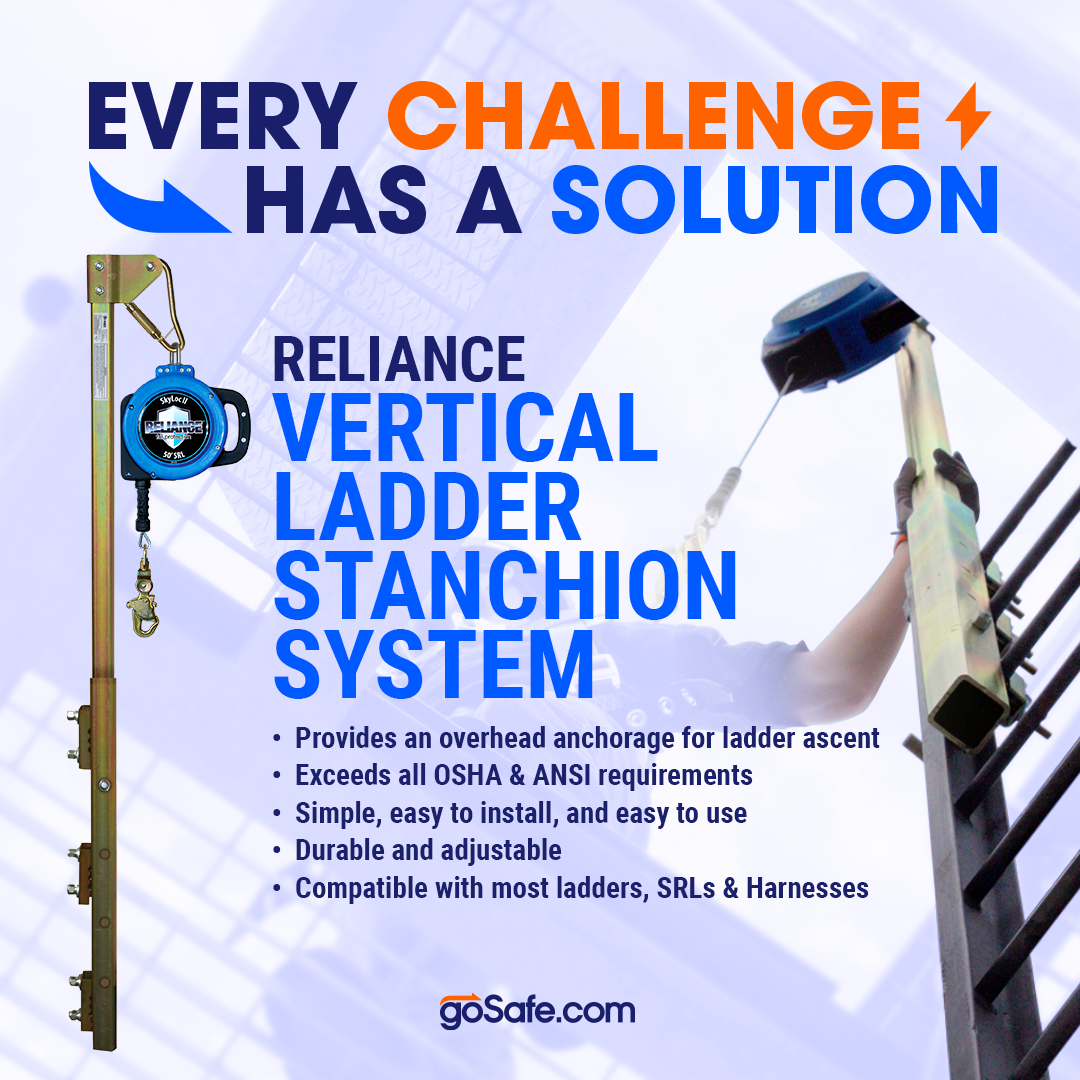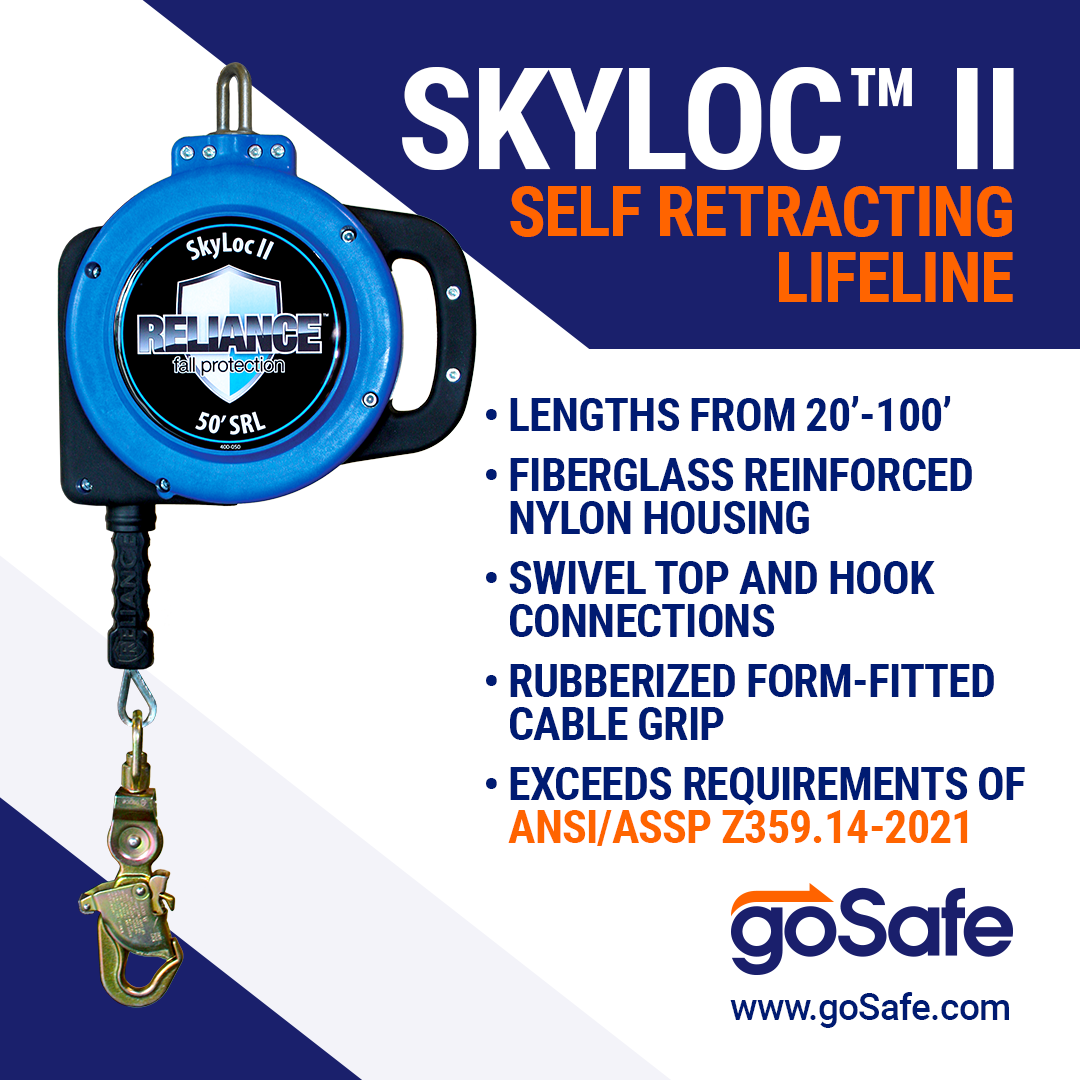For years, ladder cages were a common sight on fixed ladders, offering a perceived sense of security. However, as our understanding of fall protection has evolved, so too have OSHA's regulations. The reality is that cages, while perhaps preventing a direct fall off the side, often don't arrest a fall effectively and can even trap or injure a worker during a descent.
The good news is that there are now safer, simpler, and more effective alternatives to traditional ladder cages that ensure long-term compliance with OSHA standards. These modern solutions prioritize fall arrest and worker safety, offering peace of mind for both employers and employees.
OSHA's Stance on Fixed Ladders and Cages
It's crucial to understand the current OSHA regulations regarding fixed ladders. Under 29 CFR 1910.28(b)(9) for General Industry (and similar provisions in 29 CFR 1926.1053 for Construction), the landscape for fixed ladder fall protection has shifted significantly.
Key points from OSHA regarding fixed ladders:
-
Fixed ladders exceeding 24 feet in length of climb must have a fall protection system. This is a critical threshold.
-
For ladders installed before November 19, 2018, cages or wells are still permissible as a form of fall protection, until the cage, well, or any ladder section requires replacement.
-
For ladders installed on or after November 19, 2018, cages are NO LONGER considered acceptable fall protection. New fixed ladders must be equipped with a personal fall arrest system (PFAS) or a ladder safety system.
-
By November 18, 2036, all fixed ladders must be equipped with a personal fall arrest system or a ladder safety system, regardless of their installation date. This sets a clear deadline for transitioning away from relying solely on cages.
-
Cages or wells may be used in combination with a personal fall arrest system or ladder safety system, provided they do not interfere with the operation of the system.
Essentially, OSHA has recognized that cages do not truly arrest a fall and are phasing them out in favor of more robust fall protection solutions.
Safe and Simple Alternatives to Ladder Cages
So, what are these safer alternatives that not only meet current OSHA requirements but also offer superior protection?
1. Traditional Engineered Vertical Ladder Safety Systems (Cable or Rail-Based Systems)
These systems are a highly effective and widely adopted alternative to ladder cages. They consist of:
-
A carrier (often a cable or rigid rail): This runs the entire length of the fixed ladder.
-
A safety sleeve (or mobile fall arrester): This component attaches to the worker's full-body harness and slides along the carrier. In the event of a fall, the safety sleeve locks onto the carrier, arresting the fall.
-
A lanyard and connectors: These connect the safety sleeve to the worker's harness.
-
Top and bottom anchor assemblies and intermediate brackets: These secure the system to the ladder.
Benefits of Engineered Vertical Ladder Safety Systems:
-
Continuous Fall Protection: The system provides constant fall protection as the worker ascends or descends, eliminating the need to disconnect and re-connect.
-
Freedom of Movement: Workers have unencumbered mobility, allowing them to climb efficiently and safely.
-
Reduced Fall Distance: These systems are designed to minimize the distance of a fall, significantly reducing the risk of injury.
-
Easy Installation: Many systems can be retrofitted to existing fixed ladders.
-
OSHA Compliant: They fully meet the requirements for ladder safety systems as defined by OSHA.
2. Vertical Ladder Stanchion Systems
Vertical ladder stanchion systems offer another excellent solution, particularly since they are integrated with self-retracting lifelines (SRLs).
-
Stanchions: These are robust posts, typically made of galvanized or stainless steel, that attach directly to the fixed ladder.
-
SRL Attachment Point: The stanchions provide a dedicated, elevated anchorage point for a self-retracting lifeline (SRL).
-
Self-Retracting Lifelines (SRLs): An SRL is a device that contains a coiled lifeline that automatically extends and retracts as the worker moves. In the event of a sudden acceleration (a fall), the SRL's internal braking mechanism activates, locking the lifeline and arresting the fall.
Benefits of Vertical Ladder Stanchion Systems:
-
Overhead Anchorage: The stanchion provides an overhead anchor point, which is ideal for SRLs as it minimizes swing fall hazards.
-
Single-User Fall Protection: Designed to protect one user, these systems offer a secure and reliable anchor.
-
Ease of Use: Workers simply connect their full-body harness to the SRL, allowing for smooth ascent and descent.
-
Durability: Constructed from sturdy materials, these systems are built to withstand harsh environments.
-
OSHA Compliant: When used in conjunction with appropriate SRLs and harnesses, these systems meet OSHA's PFAS requirements.
Considerations for Long-Term Compliance
When choosing and implementing any fixed ladder fall protection system, keep the following in mind for long-term compliance:
-
Professional Assessment: Have a qualified person assess your existing ladders to determine the most appropriate fall protection system. This includes evaluating the ladder's structural integrity to ensure it can support the loads of a fall arrest system.
-
Proper Installation: Ensure all systems are installed by qualified professionals according to manufacturer specifications and relevant OSHA standards.
-
Training: Provide comprehensive training to all employees who will be using the ladder safety systems. This training should cover proper inspection, use, maintenance, and emergency procedures.
-
Regular Inspection and Maintenance: Implement a routine inspection and maintenance program for all fall protection equipment to ensure it remains in good working order.
-
Documentation: Maintain detailed records of inspections, maintenance, and training.
By moving beyond outdated ladder cages and embracing modern engineered solutions like vertical ladder safety systems and vertical ladder stanchion systems, companies can significantly enhance worker safety, reduce fall-related incidents, and achieve long-term compliance with evolving OSHA standards. Investing in these safer alternatives is not just a regulatory obligation; it's a commitment to the well-being of your workforce.
For more comprehensive information on this topic, please visit CLICK HERE.
CLICK HERE TO VISIT OUR CAGED LADDER FAQ PAGE.
goSafe offers a variety of Ladder Safety Systems designed to ensure the safety of anyone climbing a fixed ladder. Ladder Stanchion Systems are available in multiple materials and configurations, as standalone stanchions or as complete systems including an SRL. Ladder Davits with a Mechanical Lift make traversing fixed ladders through a ceiling hatch safe and easy. For more information on these systems and other Fall Protection equipment from Reliance, contact us at sales@gosafe.com
goSafe: Your Partner in Safety
At goSafe, Safety is our ONLY focus - and we'll partner with you to keep you and your teams safe. We're small enough to handle your local projects, yet large enough to serve national accounts. If safety is your mission, it starts with us.
Watch the video below for more information about goSafe's capabilities.
Are you on the lookout for more information on fall protection use? Visit our FAQ page today! There, you’ll find some bonus tips to help get you started.








